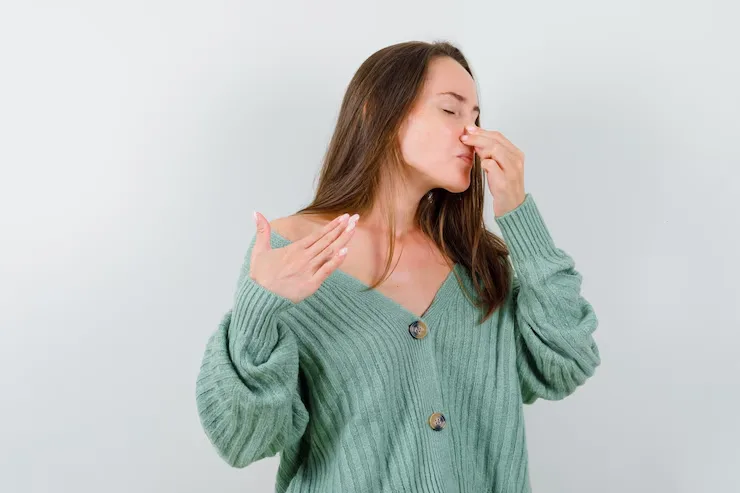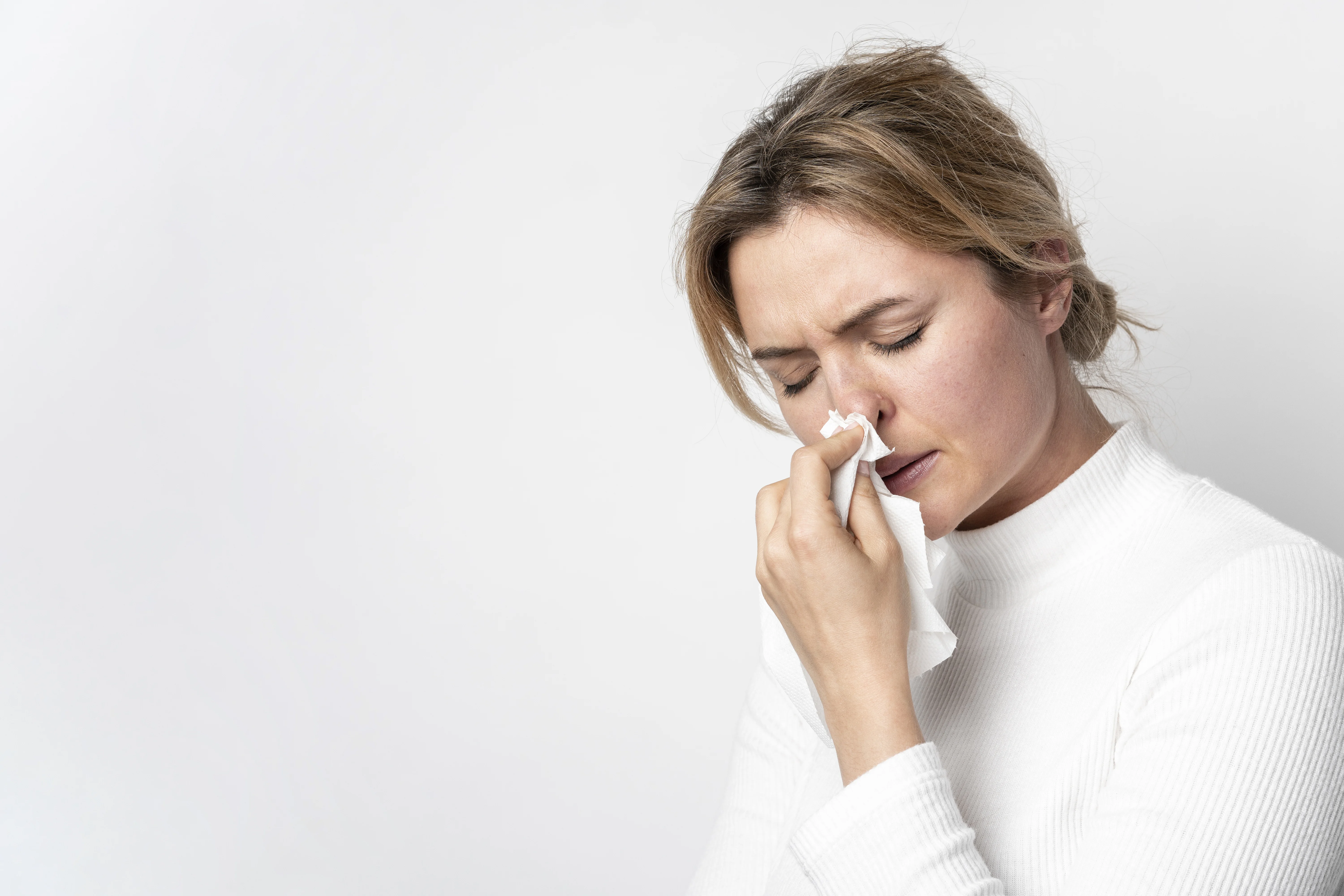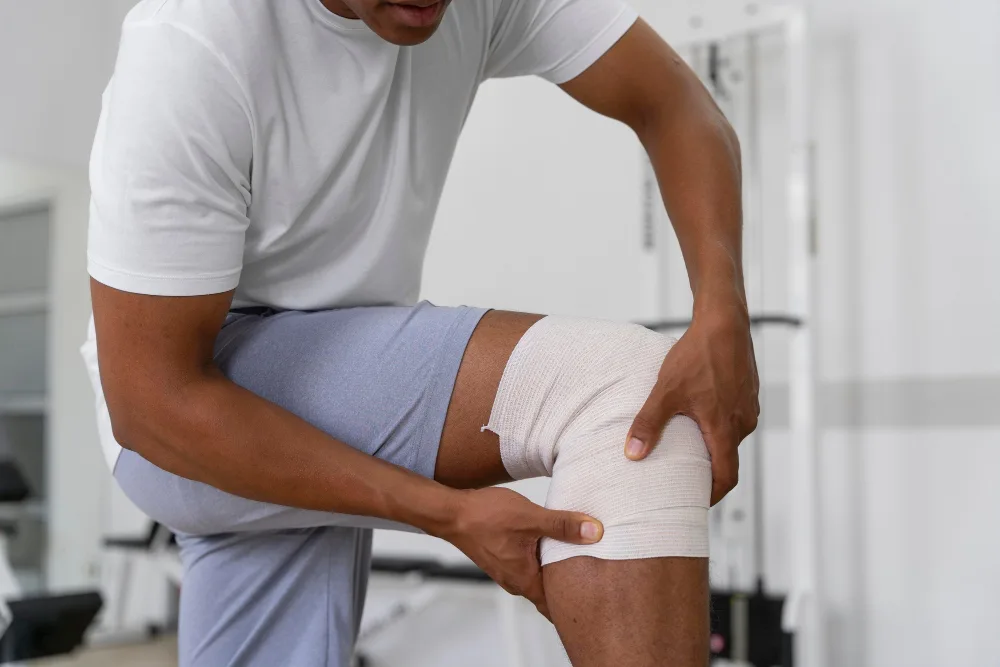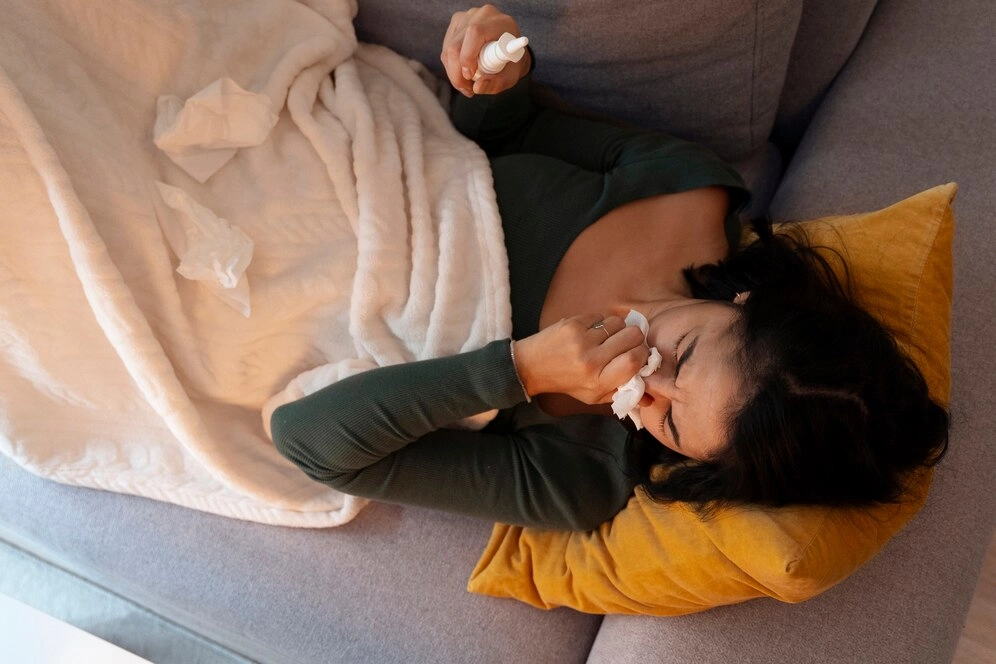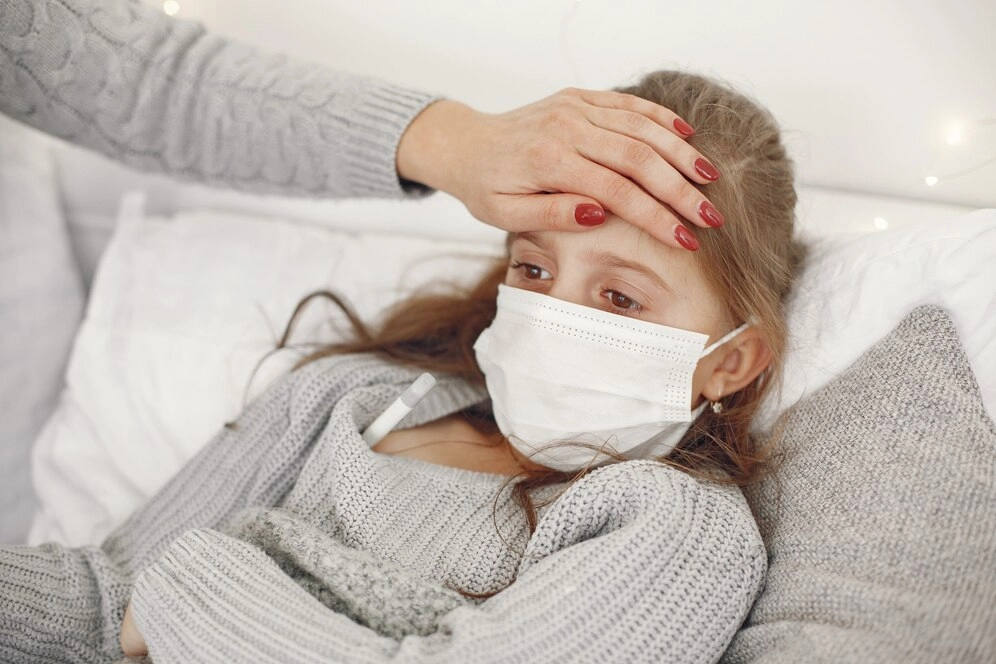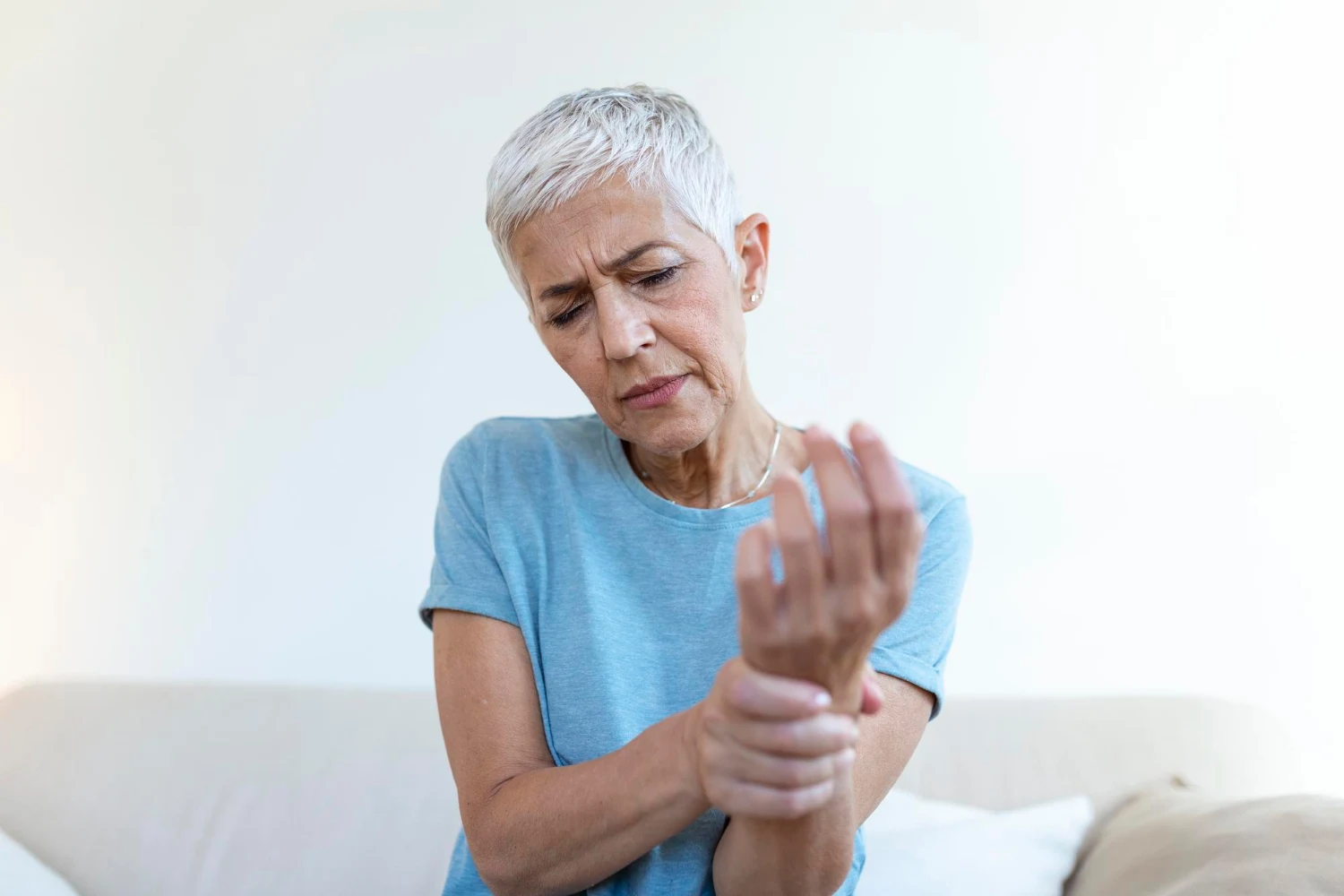What Is A Pilonidal Sinus And How Can It Be Treated?
Category: General medicine
A pilonidal sinus is a small, abnormal hole or tunnel in the skin, often located near the tailbone, at the top of the crease of the buttocks. It can be an uncomfortable and painful condition, leading to various complications if not treated properly. In this blog, we will explore what pilonidal sinuses are, their causes, symptoms, and the various treatment options available.
What Is a Pilonidal Sinus?
A pilonidal sinus is a small cavity that forms under the skin near the sacral area (just above the buttocks). This condition often contains hair, skin debris, and other substances, which may cause infection or inflammation. In some cases, the sinus may discharge pus or blood, creating painful abscesses. The term "pilonidal" is derived from the Latin words pilus (hair) and nidus (nest), referring to the hair that often resides within the sinus.
Causes of Pilonidal Sinus
The exact cause of a pilonidal sinus is not fully understood, but several factors can contribute to its development:
- Ingrown hairs: When hair follicles become trapped under the skin, they can form a cyst or sinus.
- Friction or pressure: Prolonged sitting, tight clothing, or repetitive movements can lead to the development of a pilonidal sinus.
- Hygiene: Poor hygiene can contribute to the accumulation of hair, dirt, and debris in the area, which increases the risk of infection.
- Genetics: Some people may be genetically predisposed to develop pilonidal sinuses, as they tend to run in families.
Symptoms of Pilonidal Sinus
Common signs include:
- Pain and tenderness in the area near the tailbone, especially when sitting or standing for long periods.
- Swelling or redness around the sinus.
- Discharge of pus or blood from the sinus opening.
- A visible pit or hole in the skin near the buttocks.
- Fever or general malaise (in cases of infection).
In more severe cases, a pilonidal abscess may form, causing significant pain, swelling, and pus drainage. If left untreated, the condition can lead to chronic infections or the development of multiple sinuses.
Treatment Options for Pilonidal Sinus
Treatment for a pilonidal sinus depends on the severity of the condition. Here are the most common treatment options:
1. Conservative Management
For mild cases where there is no infection, your doctor may recommend conservative treatments, such as:
- Hygiene: Keeping the area clean and free of hair is essential. Shaving or using hair removal techniques in the affected area can help.
- Warm compresses: Applying warm compresses to the area can relieve pain and inflammation.
- Antibiotics: If there is a mild infection, your doctor may prescribe antibiotics to help control the infection.
2. Drainage of an Abscess
If an abscess forms, your doctor may perform a procedure to drain the pus and relieve pain. This is usually done under local anesthesia, and the area is cleaned to prevent further infection. However, this method may not completely resolve the condition and may require additional treatment later.
3. Surgical Treatment
In cases where the pilonidal sinus is recurrent, severe, or causing significant discomfort, surgery may be necessary. The surgical options include:
- Incision and drainage: A surgeon may cut open the abscess to drain the pus. This is a temporary solution that may require follow-up procedures.
- Excision and closure: The surgeon may remove the pilonidal sinus and surrounding tissue. The wound is then closed with stitches. This option provides a more permanent solution, although recovery may take longer.
- Flap surgery: In cases where there is a large sinus cavity, the surgeon may use a flap of healthy tissue to close the wound, reducing the chances of recurrence.
- Laser treatment: In some cases, lasers can be used to remove the sinus cavity and any hair follicles that contribute to the condition.
4. Post-Surgical Care
After surgery, proper care is essential for recovery and to reduce the risk of recurrence. This includes:
- Keeping the surgical area clean and dry.
- Avoiding prolonged sitting or pressure on the area.
- Following your doctor’s instructions on medication and hygiene.
Prevention of Pilonidal Sinus
While it is not always possible to prevent a pilonidal sinus, there are some steps you can take to reduce the risk:
- Maintain good hygiene: Clean the area regularly to prevent the accumulation of hair, sweat, and bacteria.
- Shave or trim hair: Keeping the area free of excess hair can help prevent ingrown hairs, a common cause of pilonidal sinuses.
- Avoid prolonged sitting: If your job or daily routine involves sitting for long periods, take regular breaks to relieve pressure on the area.
- Wear loose-fitting clothes: Tight clothing can contribute to friction and pressure, which can lead to pilonidal sinuses.
When Should You See a Doctor?
If you notice any signs or symptoms of a pilonidal sinus, it is important to seek medical attention. While mild cases can often be managed with simple treatments, more severe cases may require surgery or drainage. Ignoring the condition may lead to repeated infections, abscess formation, and chronic pain.
Why Choose Lokmanya Hospitals?
At Lokmanya Hospitals, we bring decades of trusted expertise in diagnosing and treating pilonidal sinus with precision and care. Our multidisciplinary team of experienced surgeons and specialists ensures that every patient receives a personalized treatment plan—ranging from conservative management to advanced surgical options, including laser-assisted procedures.
We prioritize patient comfort, fast recovery, and long-term results. With state-of-the-art facilities, minimally invasive techniques, and a strong focus on post-treatment care, Lokmanya Hospitals stands out as a reliable choice for individuals seeking expert treatment for pilonidal sinus and other complex skin conditions.
Conclusion
A pilonidal sinus can be a painful and disruptive condition, but with timely medical intervention, it can be effectively managed. Whether through conservative measures, drainage, or surgery, treatment options are available to provide relief and prevent future complications. If you experience symptoms of a pilonidal sinus, it is important to consult with a healthcare professional to determine the best course of action for your health.
FAQs
1. What causes a pilonidal sinus?
A pilonidal sinus is typically caused by trapped hair follicles or debris in the skin, along with factors like pressure, friction, and poor hygiene.
2. Can a pilonidal sinus heal on its own?
While some mild cases may improve with proper hygiene and conservative measures, more severe cases often require medical treatment or surgery.
3. How long does it take to recover from pilonidal sinus surgery?
Recovery time can vary depending on the type of surgery performed, but it generally takes several weeks for the wound to heal fully.
4. Is pilonidal sinus contagious?
No, pilonidal sinus is not contagious. It results from an individual's own skin issues, such as ingrown hairs or clogged pores.
5. How can I prevent pilonidal sinus from recurring?
Maintaining good hygiene, trimming hair in the affected area, and avoiding prolonged sitting or pressure can help prevent recurrence of a pilonidal sinus.

